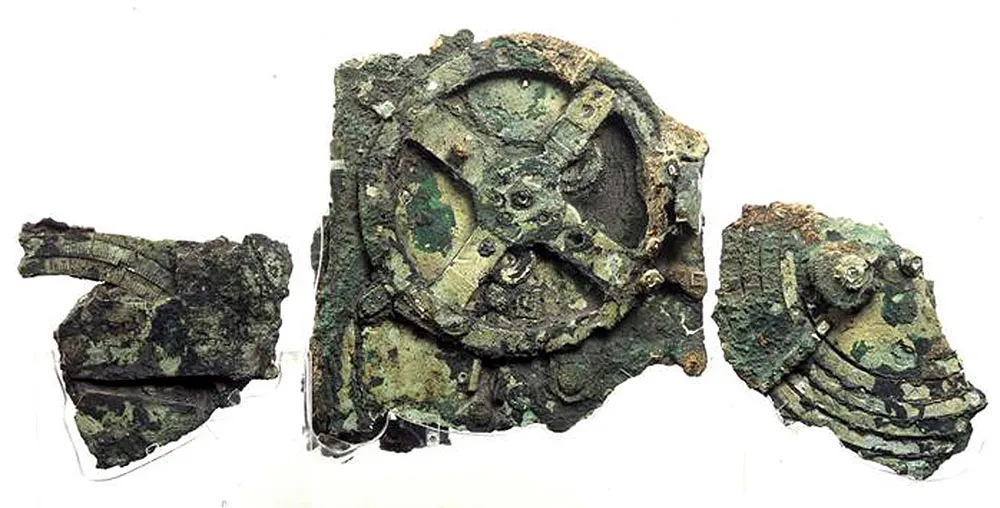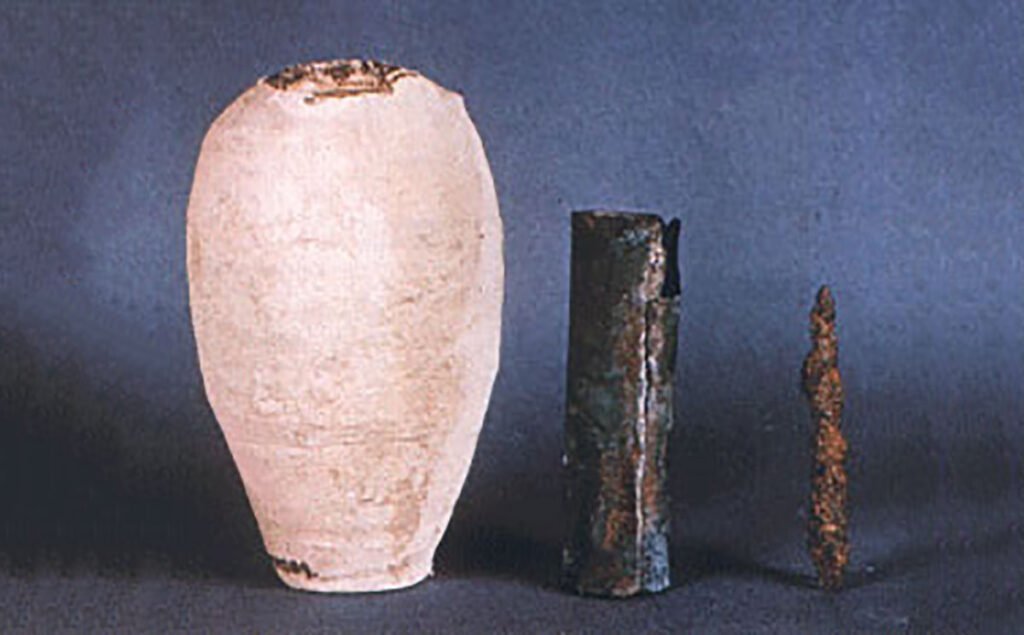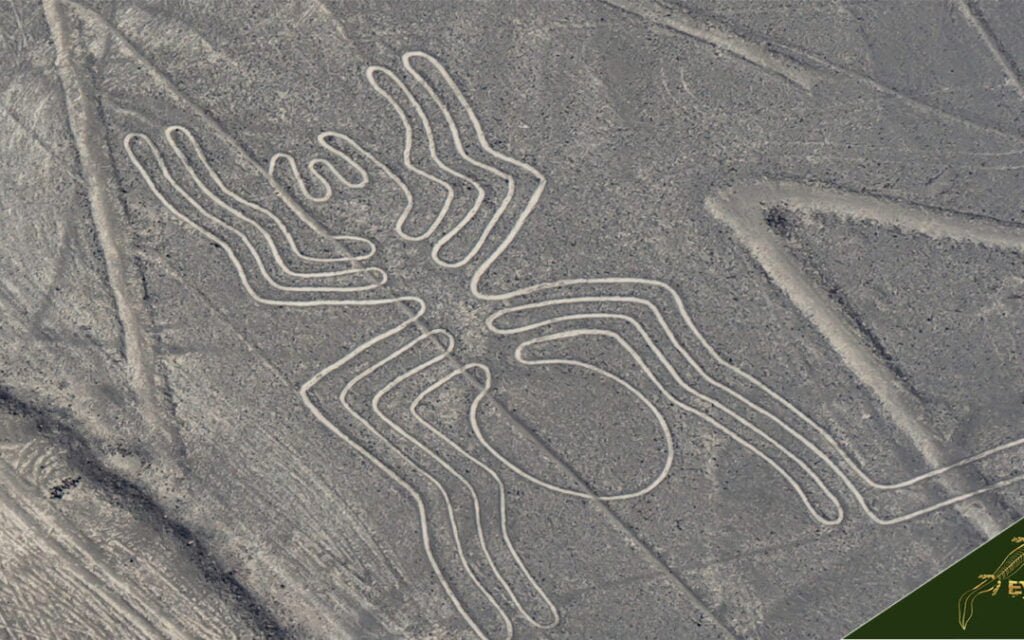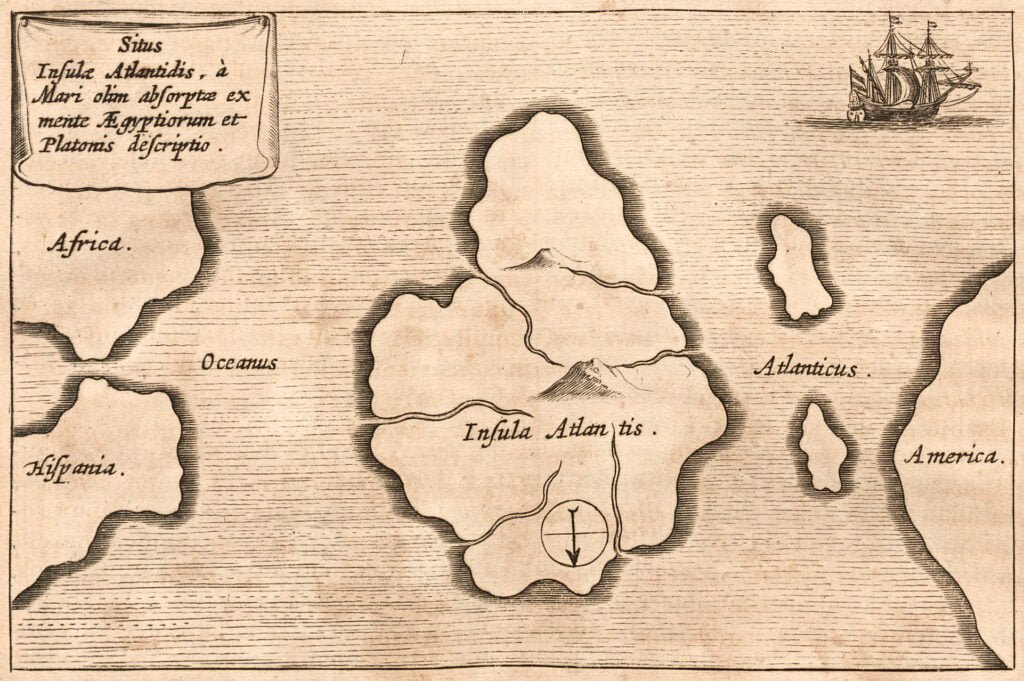We tend to think of modern technology as the peak of human innovation, but what if I told you that ancient civilizations may have had their own versions of groundbreaking tech? That’s right — throughout history, humans have developed mysterious ancient technologies that seem to defy the capabilities of their time. These advanced innovations have baffled scientists for decades, offering tantalizing clues about how advanced our ancestors might have been.
Let’s dive into some of the most fascinating examples of mysterious ancient technology that still leave scientists, archaeologists, and historians scratching their heads.
1. The Antikythera Mechanism: An Ancient Greek Computer?
Imagine discovering a 2,000-year-old artifact that seems to function like a computer — well, that’s exactly what happened with the Antikythera Mechanism. Discovered in a Roman shipwreck off the coast of Greece in 1901, this device is made of bronze and contains a complex set of gears. It’s believed to have been used to predict astronomical positions and eclipses, but the level of mechanical sophistication in this artifact is something you’d expect from the Renaissance, not ancient Greece.

Researchers are still studying the Antikythera Mechanism to fully understand how it works. It’s an incredible reminder that even in 100 BCE, humans were developing intricate technology for studying the universe.
2. The Baghdad Battery: Ancient Electricity?
What if I told you that ancient people might have figured out electricity long before Benjamin Franklin’s kite experiment? Enter the Baghdad Battery — a collection of clay jars with copper cylinders found near Baghdad, Iraq, that date back to around 200 BCE.

Many scientists believe these jars could have been used as primitive batteries. When filled with an acidic substance like vinegar, they could generate an electric current. But the big question remains: What were these ancient people using electricity for? Electroplating jewelry? A ceremonial device? The mystery of the Baghdad Battery adds to the intrigue of ancient tech.
3. The Pyramids of Giza: A Mega-Engineering Mystery
The Great Pyramids of Giza have long fascinated scholars and tourists alike, but the biggest question has always been: How did the ancient Egyptians build them? The precision with which these massive stone blocks were cut and placed — some weighing up to 80 tons — without modern machinery is simply astonishing.

One theory is that the Egyptians may have had access to advanced tools or construction techniques that have since been lost to history. Some even speculate that the pyramids could have been used for purposes beyond burial, like astronomical observatories or even energy generators. While mainstream science doesn’t embrace these fringe theories, the mystery of the pyramids’ construction still captivates the imagination.
4. Roman Concrete: Better Than Today’s?
Roman engineers developed a form of concrete that still stands today, more than 2,000 years later. Structures like the Pantheon and the Colosseum are testaments to their durability. The secret to this enduring concrete lies in its ingredients, which included volcanic ash and lime, creating a mix that could withstand time and the elements.

What’s mind-blowing is that Roman concrete is, in some ways, superior to what we use today! Modern concrete often deteriorates after just a few decades, but the Romans had perfected a blend that could last millennia. Scientists are still studying this ancient technology in hopes of creating more sustainable building materials for the future.
5. The Iron Pillar of Delhi: A Rust-Proof Wonder
Standing tall in India, the Iron Pillar of Delhi is another testament to ancient innovation. This 1,600-year-old iron pillar has withstood the test of time — and remarkably, it hasn’t rusted! The secret lies in the unique composition of the iron and the way it was processed, allowing the pillar to resist corrosion.

Metallurgists have studied the pillar extensively, trying to understand how ancient blacksmiths were able to achieve such a feat without modern smelting techniques. It’s a perfect example of how advanced ancient technology can seem to defy the knowledge we assume was available at the time.
6. The Nazca Lines: Ancient GPS or Astronomical Calendar?
The Nazca Lines in Peru are giant geoglyphs etched into the desert floor, depicting animals, plants, and geometric shapes. Spanning hundreds of meters, these designs are only fully visible from the air, which raises the question: How were they made? And why?

Some researchers believe that the Nazca Lines might have served as an astronomical calendar, aligning with celestial events like solstices. Others think they could have been used as markers for water sources or even as a form of ancient GPS. The true purpose of the Nazca Lines remains a mystery, but their precision and scale are truly awe-inspiring.
7. Sacsayhuamán: Stones That Fit Like a Puzzle
The ancient Incan site of Sacsayhuamán in Peru is famous for its massive stones that fit together with such precision that not even a piece of paper can slide between them. And here’s the kicker: these stones were carved and placed without the use of mortar!

The sheer size of the stones and the fact that they were quarried and moved over rough terrain adds to the mystery. Some experts speculate that the Inca used a lost technology or technique to achieve this remarkable feat of construction.
8. The Lost City of Atlantis: Fact or Fiction?
We couldn’t talk about mysterious ancient technology without mentioning Atlantis. While it’s often regarded as a myth, the story of this advanced civilization lost beneath the waves has captivated imaginations for centuries. Plato described Atlantis as a highly advanced society with incredible technological prowess.

While no definitive proof of Atlantis has been found, some believe that it could have been a real place that was wiped out by a natural disaster, leaving behind lost knowledge and technology. The idea of a vanished civilization with superior technology continues to intrigue both scientists and conspiracy theorists alike.
What Can We Learn from these Mysterious Ancient Technologies?
Ancient technology is not just a curiosity; it’s a reminder that human ingenuity has no bounds. Whether it’s the precision of the pyramids, the mystery of the Antikythera Mechanism, or the rust-resistant Iron Pillar, these ancient innovations challenge our assumptions about what people of the past were capable of.
As we move forward with our own technological advancements, it’s important to remember that history is full of surprises — and who knows what other secrets of ancient tech are still waiting to be discovered?
By uncovering the mysteries of the past, we can appreciate the innovation of ancient cultures and maybe even find inspiration for solving today’s challenges. At the very least, ancient technology reminds us that there’s always more to learn about our ancestors — and maybe even a few things we could stand to learn from them.



